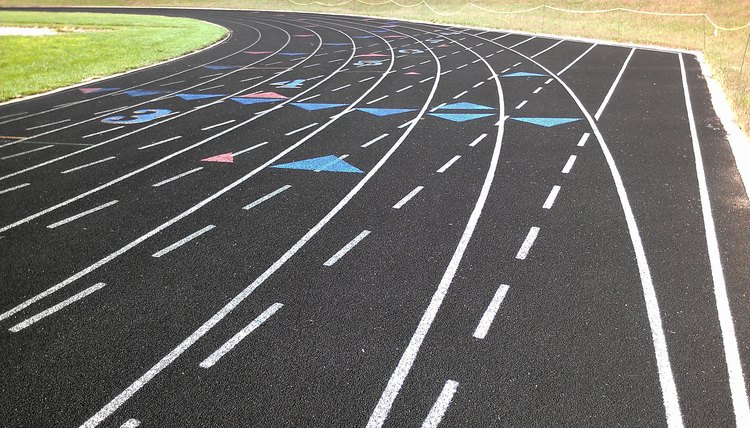Exercises to Cure Hiatal Hernia

Hiatal hernia is a condition in which a portion of the stomach slides up into the esophagus due to the diaphragm muscles being stretched or torn. It can cause discomfort and is often associated with acid reflux disease. In severe cases, surgery might be required, but often relief can be found in a few lifestyle changes including certain exercises.
Losing Weight

Błażej Łyjak/iStock/Getty Images
Excess weight is one factor in developing a hiatal hernia. Fat in the abdominal cavity presses the stomach upward and into the diaphragm. Bad posture and lack of muscle tone are also factors. Changing your diet to include more fresh vegetables and fruits, whole grains and filtered water can go a long way toward relieving your symptoms, especially related to any acid reflux problems. This kind of diet coupled with increased exercise will help you lose the fat that may be pushing on your stomach.
Exercises

Błażej Łyjak/iStock/Getty Images
Certain exercises will provide relief from your symptoms, possibly forever. One activity is simply walking. Walking at a brisk pace, using good posture and holding in your abdominal muscles, can really help relieve the pressure you feel in your chest. Because you are holding yourself upright and bouncing slightly, your stomach can slide down back into place. Walking also provides stress relief, which will lower your stomach acid production and keep your stomach from clenching. Stress is a contributor to hiatal hernia. Any abdominal exercise, like sit-ups, will help strengthen the muscles in the area if done in moderation. Don’t do the extreme-type crunches because too much force can actually worsen your condition. Take it slow and easy, looking for gradual results. Yoga and Pilates may be beneficial because they aim to strengthen the entire organism, especially the core muscles.
For immediate relief if you are having painful symptoms, you can try one of two things, according to Dr. Ben Kim (drbenking.com). The first remedy is to lie on your back and relax. Place your hand under your breastbone and lightly massage downward a few inches. Do this twice daily. Before rising and after retiring are good times because you are already lying down and relaxed. Another thing to try is a little more aggressive. Drink a glass of water and stand on a raised surface, like a bottom step or stepstool. Jump down. Since the water adds weight to your stomach, the impact of jumping off the step can help your stomach slide back into place.
Exercise to strengthen your abdominal area, practicing good posture and losing weight may help permanently relieve your painful symptoms.
References
- Dr. Ben Kim- Hiatal Hernia Treatment
- U.S. National Library of Medicine. Hiatal Hernia. Updated May 7, 2019
- Dean C, Etienne D, Carpentier B, Gielecki J, Tubbs RS, Loukas M. Hiatal hernias. Surg Radiol Anat. 2012;34(4):291-9. doi:10.1007/s00276-011-0904-9
- Nelson AD, Mouchli MA, Valentin N. Ehlers Danlos syndrome and gastrointestinal manifestations: a 20-year experience at Mayo Clinic. Neurogastroenterol Motil. 2015 Nov;27(11):1657-66. doi:10.1111/nmo.12665.
- Garvey EM, Ostlie DJ. Hiatal and paraesophageal hernia repair in pediatric patients. Semin Pediatr Surg. 2017 Apr;26(2):61-66. doi:10.1053/j.sempedsurg.2017.02.008
Writer Bio
Theresa L Johnston is a Southern writer with expertise in alternative medicine, gardening and behavioral and women's health issues. She has been published at http://www.ehow.com, in "The Mostly ARTzine," and has edited several newsletters. She has written procedures manuals, call scripts, and youth group curriculum for her various employers over the last 10 years.
